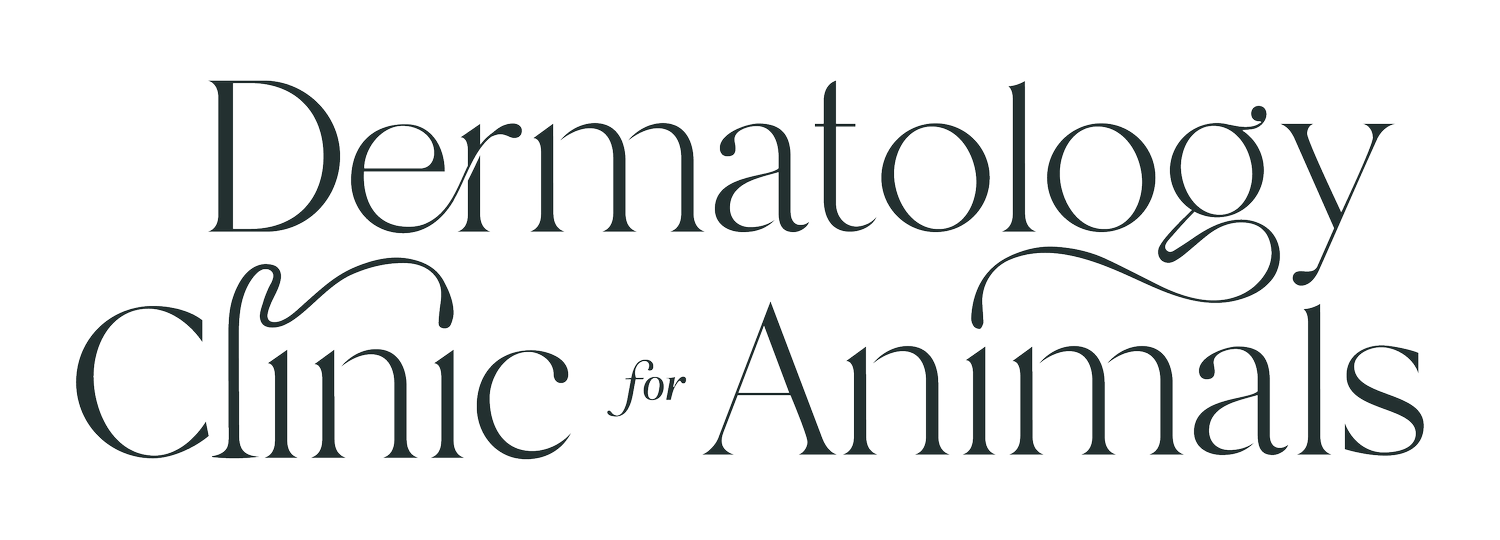Hepatocutaneous Syndrome
Also Known As: Necrolytic Migratory Erythema, Superficial Necrolytic Dermatitis, and Metabolic Epidermal Necrosis
-
Hepatocutaneous syndrome is a disease characterized by degeneration of the skin cells likely as a consequence of a nutritional imbalance, resulting from metabolic abnormalities caused by severe liver dysfunction or a pancreatic tumor.
-
Hepatocutaneous syndrome is a disease that generally affects older dogs with no consistent breed predisposition. There have been very few reports of cats affected by hepatocutaneous syndrome.
-
Skin disease is the usual presenting complaint, although some dogs will exhibit systemic illness (lethargy, poor appetite, weight loss) prior to the skin eruptions. The skin lesions frequently occur in areas of trauma such as the muzzle, lower legs, and footpads. Lesions can also affect the mouth, ear flaps, elbows, and genitalia. Most lesions consist of crusting, erosions or ulcerations, but blisters may also occur. Footpads are often severely thickened and fissured and are often painful.
-
See Clinical Signs.
-
Diagnosis is based on supporting history, physical examination, bloodwork abnormalities (such as elevated liver enzymes and low protein levels), and skin biopsy results. Abdominal ultrasonography frequently reveals a pathognomonic “honeycomb” pattern of the liver (due to liver degeneration) or less commonly a pancreatic tumor. In cats, the most common finding is a pancreatic tumor.
-
As this disease is a cutaneous marker for serious internal disease, the prognosis is poor with a survival time of less than a year in most cases.
-
If a pancreatic or liver tumor is identified and able to be surgically excised, the skin lesions may normalize for an extended period of time, but because these tumors metastasize (spread to other areas of the body) quickly, surgery is not curative. In cases of end stage liver disease, surgery is not possible, and the goal of therapy is to increase quality of life and decrease uncomfortable skin lesions with supportive care and addressing the nutritional abnormalities. Supportive care includes supplementing protein and necessary minerals and enzymes through the diet and oral supplements or by weekly intravenous amino acid infusions that are performed in the hospital on an outpatient basis until improvement in the skin is noted. Unfortunately, despite the supportive care, the disease will progress.


